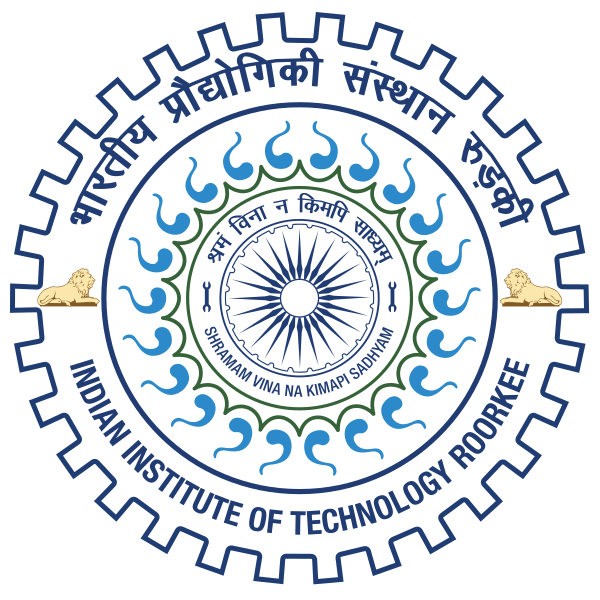Please use this identifier to cite or link to this item:
http://localhost:8081/jspui/handle/123456789/12191| Title: | STUDY OF SOIL MOISTURE RETRIEVAL ALGORITHMS FOR SAR DATA |
| Authors: | Upender, Patri |
| Keywords: | ELECTRONICS AND COMPUTER ENGINEERING;SOIL MOISTURE;SAR DATA;RETRIEVAL ALGORITHMS |
| Issue Date: | 2010 |
| Abstract: | The sensitivity of microwave scattering to both dielectric and geometric characteristics of natural surfaces makes microwave radar remote sensing one of most promising techniques for estimating volumetric moisture content. The potential of using polarimetric Synthetic Aperture Radar (SAR) for soil moisture estimation is investigated in this thesis. Soil moisture estimation has been an area of significant interest due to its widespread applications in the estimation and modeling of various large-scale ecological processes. Many approaches based on experimental observations and theoretical reasoning has been developed for soil moisture retrieval from SAR . . systems. Among the maj▪ or models developed, the empirical model proposed by Dubois et al. . . . . . . . . . proves to be a good choice, because of its wide applicability and simplicity of implementation. Therefore to retrieve crop /vegetation covered soil moisture with SAR data is quite challenging. It is important point of research to minimize the use of apriori information while retrieving the parameters with SAR data. In this dissertation work, two approaches have been selected for the retrieval of soil moisture and account for the vegetation effects. In the first approach, the water cloud model is used to introduce vegetation correction into the backscattering coefficients, which are then used in the inversion model to yield better soil moisture retrieval results. This requires apriori knowledge of several ground-measurable vegetation parameters. In the second approach, role of fusion of optical data into microwave synergistic model is applied where use of apriori information in minimizing the vegetation effects. The two approaches are applied to PALSAR data and MODIS data and its accuracy is estimated using Root Mean Square Error (RMSE) calculated between ground truth data and that measured using the two approaches. A quite good agreement between observed and retrieved soil moisture is observed from both the methods. |
| URI: | http://hdl.handle.net/123456789/12191 |
| Other Identifiers: | M.Tech |
| Research Supervisor/ Guide: | Singh, Dharmendra |
| metadata.dc.type: | M.Tech Dessertation |
| Appears in Collections: | MASTERS' THESES (E & C) |
Files in This Item:
| File | Description | Size | Format | |
|---|---|---|---|---|
| ECDG20091.pdf | 15.56 MB | Adobe PDF | View/Open |
Items in DSpace are protected by copyright, with all rights reserved, unless otherwise indicated.

